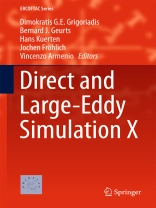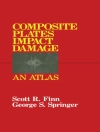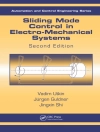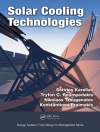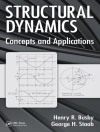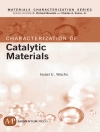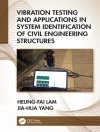This book addresses nearly all aspects of the state of the art in LES & DNS of turbulent flows, ranging from flows in biological systems and the environment to external aerodynamics, domestic and centralized energy production, combustion, propulsion as well as applications of industrial interest. Following the advances in increased computational power and efficiency, several contributions are devoted to LES & DNS of challenging applications, mainly in the area of turbomachinery, including flame modeling, combustion processes and aeroacoustics.
The book includes work presented at the tenth Workshop on ‘Direct and Large-Eddy Simulation’ (DLES-10), which was hosted in Cyprus by the University of Cyprus, from May 27 to 29, 2015. The goal of the workshop was to establish a state of the art in DNS, LES and related techniques for the computation and modeling of turbulent and transitional flows. The book is of interest to scientists and engineers, both in the early stages of their career and at a more senior level.
Jadual kandungan
Chapter 1. Natural Convection in Ventilated Building Facades Using LES & DNS.- Chapter 2. The Implementation of 5-D FGM for LES Simulations of a Gas Turbine Model Combustor.- Chapter 3. Particle Agglomeration in Turbulent Flows: A LES Investigation Based on a Deterministic Collision and Agglomeration Model.- Chapter 4. A Novel Approach for Wall Modeling in LES of Wall-Bounded High-Reynolds-Number Flow via Function Enrichment.- Chapter 5. Velocity Profiles over Hypothetical Urban Areas in Unstable Stratification: Large-Eddy Simulation Approach.- Chapter 6. LES-IB Study of Mixing Enhancement by Polygonal Orifices and Wavy Walls.- Chapter 7. Physical Scaling of Numerical Dissipation for LES.- Chapter 8. Hybrid LES of a High Pressure Turbine Nozzle/Blade Interaction.- Chapter 9. Boundary Data Immersion Method for Direct Numerical Simulations of Aero-Vibro-Acoustic Systems.- Chapter 10. Influence of Periodic Forcing on Laminar Separation Bubble etc.
